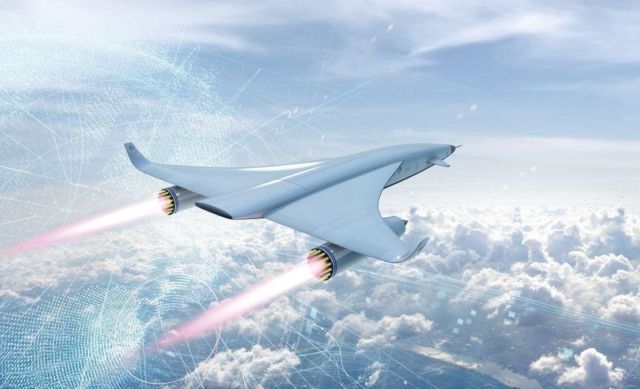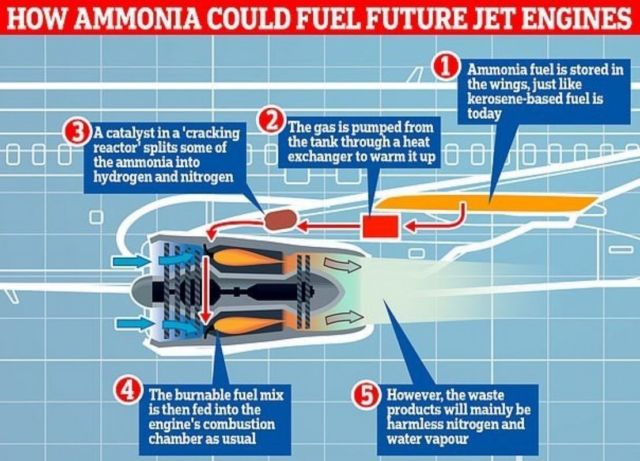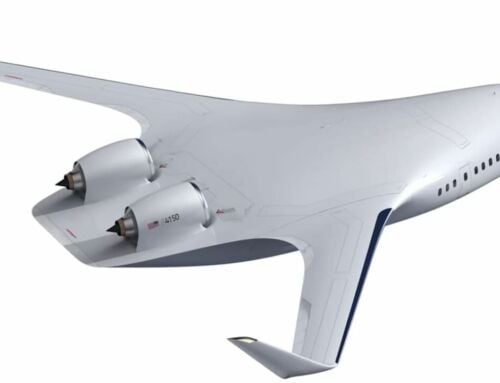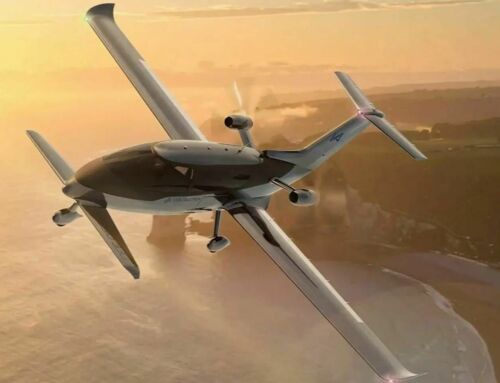Innovative thermal management technology used in ground-breaking study on ammonia fuel for a sustainable aviation propulsion system.
Reaction Engines has recently completed a joint Proof of Concept study with the UK’s Science and Technology Facilities Council (STFC) to determine whether the Company’s innovative thermal management technology could be combined with STFC’s world-class catalysts to create a truly green aviation system based on ammonia fuel.
In recent years, ammonia has been considered by various industries for use in power generation as it is carbon free, offers high energy density and has an established transportation network in contrast to hydrogen which has issues with both storage and distribution. Similarly, the maritime industry is looking to ammonia as a low-cost way to decarbonise shipping. Up until now however, it has not been proven to be viable as a fuel for aviation propulsion systems.
Decarbonizing the aviation industry is one of the great challenges of our age. Most modern aircraft are powered by kerosene, a jet-fuel which is a flammable hydrocarbon oil and produces carbon dioxide, sulphur oxides and soot. The emissions generated from this method of propulsion contribute a significant amount to the total global greenhouse gas production.
Current strategies being explored have some potential drawbacks for the aerospace sector. Battery technology does not currently have the power density required to give a standard narrow-body jet (such as the A320 or 737) sufficient range. Hydrogen would need to be used in its deeply cryogenic liquid state, requiring new infrastructures and major changes to aircraft configurations. Synthetic fuels and biofuels require novel processes or arable land for production and leave the issue of soot emissions unsolved. With some governments beginning to tie Covid-19 recovery funding to net-zero targets being met, it is clear that further solutions are needed.
Images credit Reaction Engines
source Reaction Engines







Leave A Comment